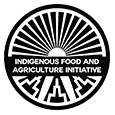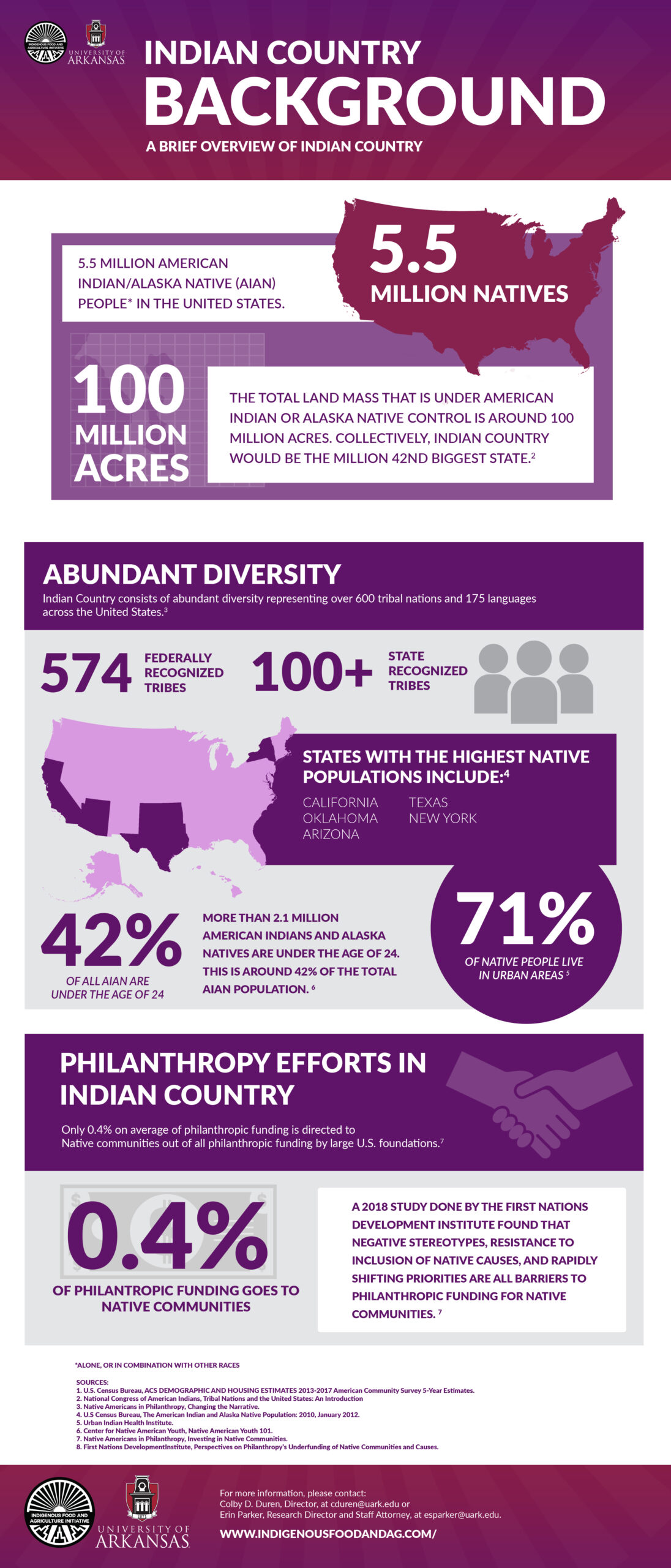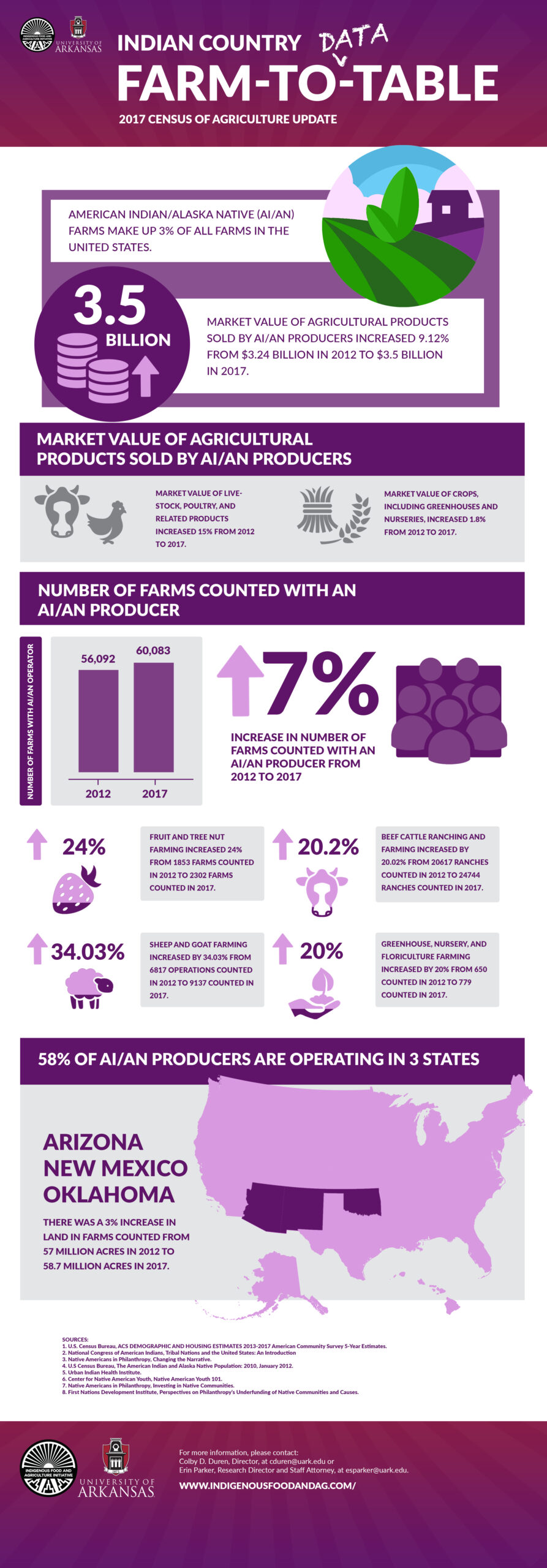Indian Country 101
New to working in Indian Country and looking for information on ways to engage in tribal communities? Start here.
There are 574 federally-recognized independent, sovereign Native nations in 35 states within the United States. Native communities are each diverse and unique. Native Americans make up about 3% of the US population and another 36% of the US population claims to have some Native ancestry. Contrary to popular myths, 75% of Native peoples live off-reservation in urban and suburban areas. Native communities are a young and growing population – about 32% of Native people are under the age of 18.
Indian Country is a shorthand term that describes the land currently and historically controlled by federally-recognizedTribal nations. Tribes have their own government structures, language, and cultural practices, they protect the well-being their Tribal members. Tribes run their own education systems, maintain their own departments of law enforcement, environmental protection, manage their land and natural resources, and run their own judicial systems. It’s important for non-Native individuals and organizations working in Indian County to understand and recognize the special relationship tribes have with federal, state, and local governments. For more information on government structures and about tribes, please click here.





